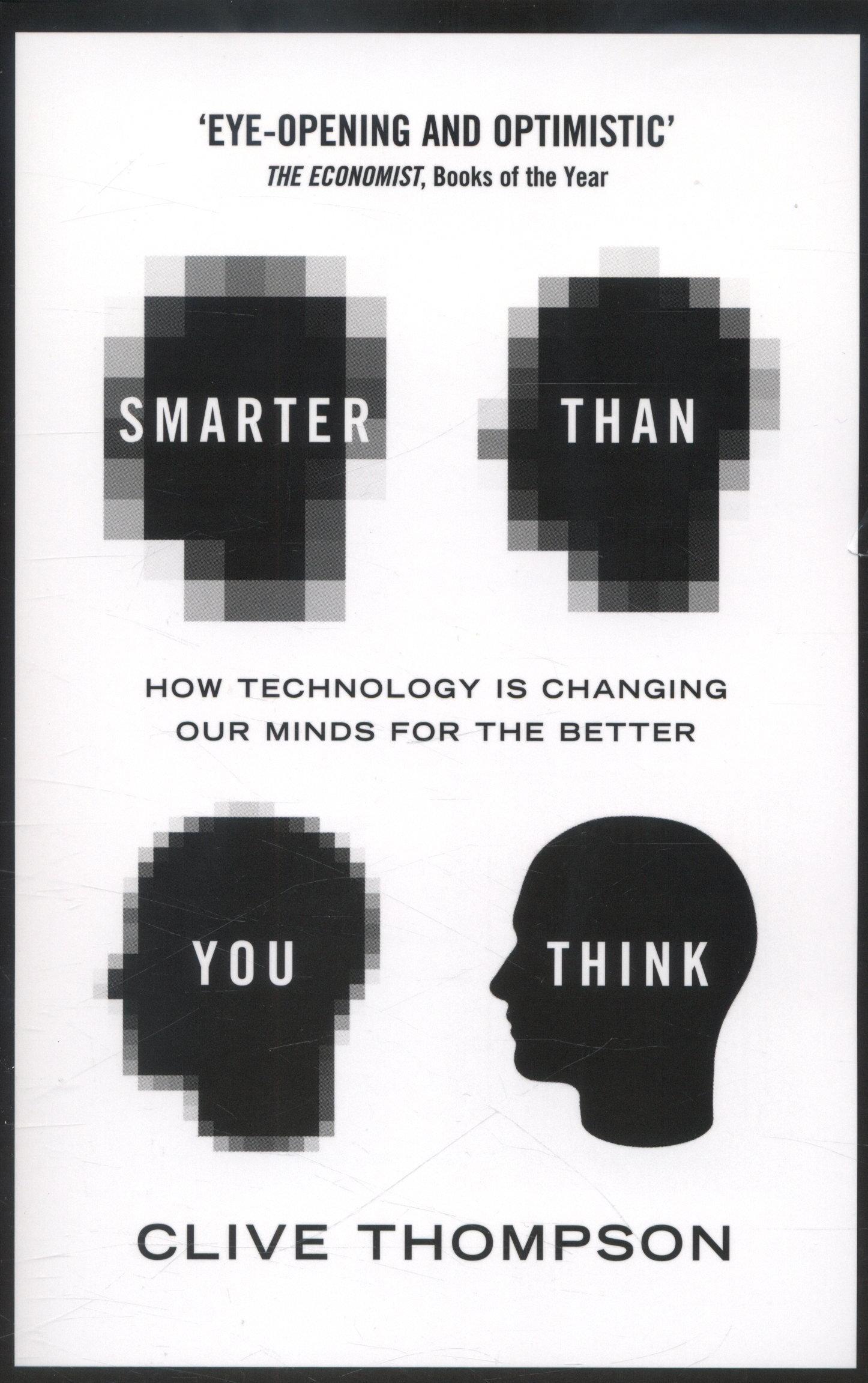Resources
Smart skin
Receptors under our skin send signals to our brains about the world around us. Engineers are borrowing this idea from the human body to create a ‘smart skin’ for aircraft. In this activity students learn about motes, the tiny sensors at the heart of this innovation, and how science and mathematics are central to...
Smart Wire
This short film from the Technology Enhancement Programme (TEP) is one of a series of clips which were produced to demonstrate the properties and use of a range of smart materials.
'Smart wire' is a shape memory alloy (SMA) which changes its length with a useful pulling force when a small current is...
An introduction for pupils and students to 'smart' materials with special reference to shape memory alloy (SMA) in wire form. The book examines the fascinating characteristics of SMA wire and gives examples of applications. It shows, for example, how a linear actuator can be made from wire and activated just by...
Smarter Phones for All
This Mathematics Matters case study, produced by the Institute of Mathematics and its Applications, looks at how industry relies on cutting-edge mathematics to develop better quality communications. The amount of information we can transmit though the air is limited by the laws of physics, but the mathematics of...

A brilliant examination into how the internet is profoundly changing the way we think. In this groundbreaking book, 'Wired' writer Clive Thompson argues that the internet is boosting our brainpower, encouraging new...
Smartphone projector
In this STEM club activity, students build their own smartphone projector using a mobile phone, shoebox and a magnifying lens.
Smartphone Science
This film, from Headsteam, explains how an accelerometer works in a mobile phone. Accelerometers measure the rate of change of velocity. Newton’s second law states that the overall force on an object is equal to the mass of that object multiplied by the acceleration of the object, and smart phones use this to...
One of a series of titles that answers some of the most common questions that young children ask about their bodies and how they work. Starting with the senses, each book provides, clear, simple scientific explanations and is designed to stimulate and satisfy enquiring minds.
Smell Jars
This resource, aimed at primary level, links to the curriculum areas of food and diet, healthy eating and where food comes from. Children are asked to identify different types of food using their sense of smell. They then work in small groups to discuss and debate what food they may have. Once the food is known...

